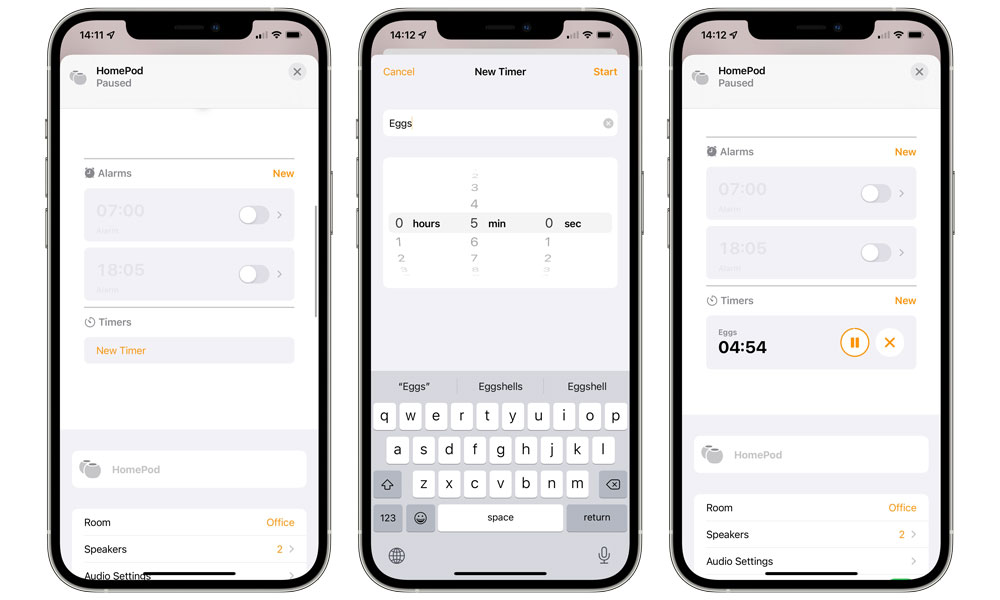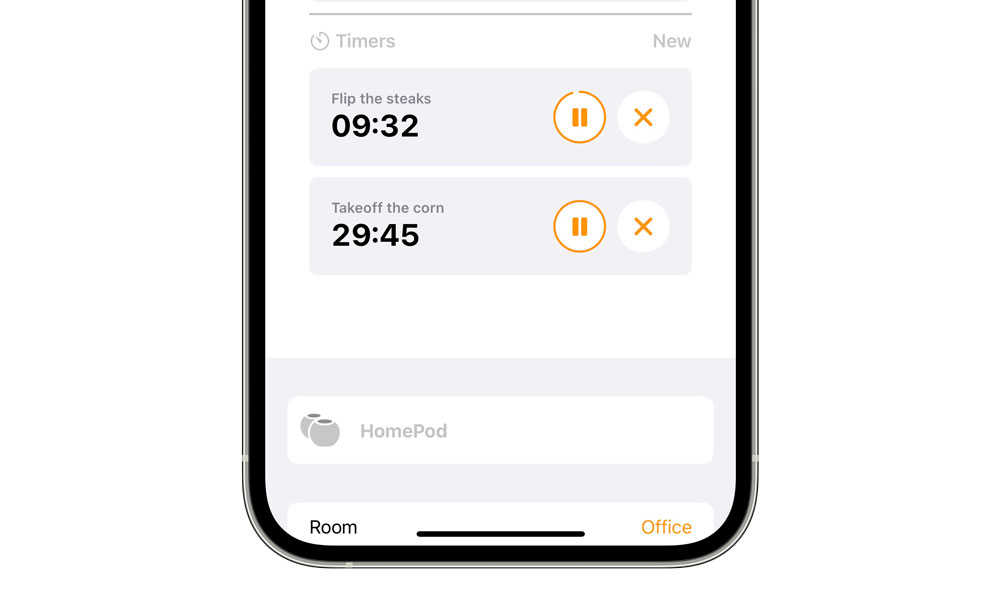Did You Know You Can Set Multiple Timers on a HomePod mini? | How To
 Credit: Jack Skeens / Shutterstock
Credit: Jack Skeens / Shutterstock
Toggle Dark Mode
If you have one or more HomePod mini speakers around your home, you probably already know that they can be pretty good voice assistants, but what you may not realize is that you can also run multiple timers on them, and with the iOS 14.7 update and up it’s easier to do than ever.
Apple added multiple timers to HomePod OS 12 back in 2018, but until recently, it’s only been possible to manage these using Siri voice commands.
Still, even in that form it was a useful feature — if you knew it was there and knew the right lingo to make the best use of it.
For example, let’s say you’ve got a backyard barbecue going, and you’re roasting corn on the cob and grilling a pair of nice steaks at the same time. Since the cooking times for these are different, you’ll want to know exactly when to flip the steaks and take them off the grill, but you’ll also need to be reminded when to deal with the corn later on.
Setting these timers on your HomePod is pretty simple. Just call out “Hey Siri, set a timer to flip the steaks in five minutes” followed by “Hey Siri, set a timer to take off the corn in 30 minutes” and Siri will dutifully set each timer individually and begin counting down right away.
You can also check on your timers at any time just by asking “Hey Siri, what’s the status of my timers,” and it will read them all back to you. Unfortunately, it tends to do this in the order you set them, rather than the time remaining, which can be a bit annoying if you want to know which one is going to run out first.
You can also call up an individual timer by name, and you don’t necessarily need to say the whole name, either. Asking Siri to “Check the steak timer” will match “Flip the steaks,” and read back the time remaining.
When one of your timers runs out, your HomePod will sound the normal alert sound and read off the name of the specific timer.
How to Control HomePod
Timers from Your iPhone
For the past three years, however, these multiple timers have been hidden behind Siri commands. Much like the secret menu items at Starbucks, you had to know what to ask for.
In a move that really makes us wonder what took so long, Apple has finally added the ability to set HomePod timers from your iPhone in iOS 14.7. Here’s how to do it:
- On your iPhone, open the Home app.
- Find your HomePod in the list of devices.
- Long press on your HomePod to open the details screen.
- Scroll down to the Timers section.
- Tap New Timer to begin creating a timer.
- Optionally, give the timer a label.
- Dial in the time using the hours, minutes, and seconds controls.
- Tap Start to begin the countdown.
Once you have one or more timers running, you’ll see them on the main HomePod screen, with the time remaining and pause and cancel buttons beside each one. You can also swipe left to delete a timer. There’s no way to edit an existing timer, however, so if you want to name it, make sure you do so before you start it.
What’s even more handy is that timers you set using Siri will appear here as well, in real time, complete with the names you’ve dictated for them.
Since they show up right away, this also means you can leave your iPhone propped up on your kitchen counter to keep tabs on all the timers you’ve set on your HomePod — even when you’ve set them using Siri.
In fact, this is the only way to view multiple timers running on your iPhone without resorting to a third-party app, since the iPhone can’t run more than one timer at a time on its own. Asking Siri to set a timer on your iPhone when one is already running will simply prompt you to replace the existing timer — even if you give it a different name.
Sadly, it looks like this won’t be changing in iOS 15 either. The good news is that Apple is adding multiple timers to the Apple Watch with watchOS 8 (another one of these “finally” moments), but timers on the iPhone and iPad will continue working just as they have for years — one at a time.








